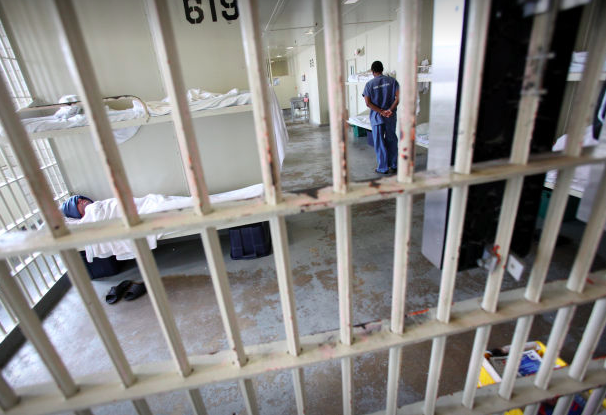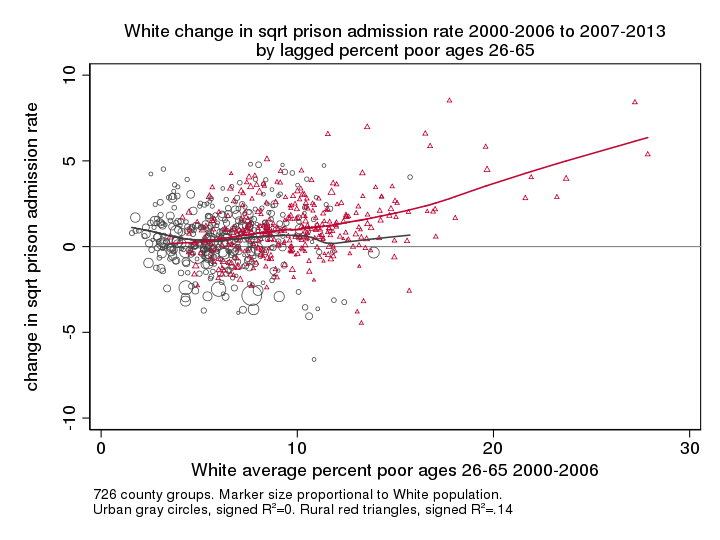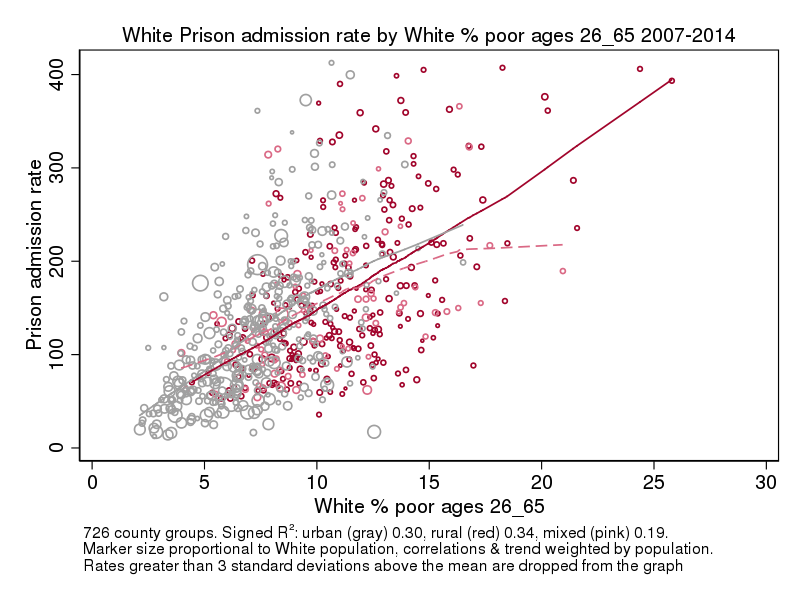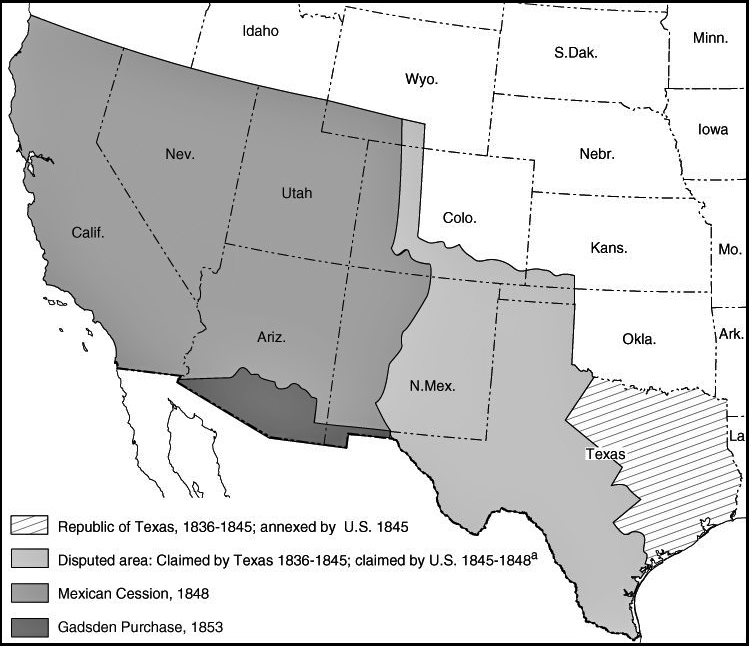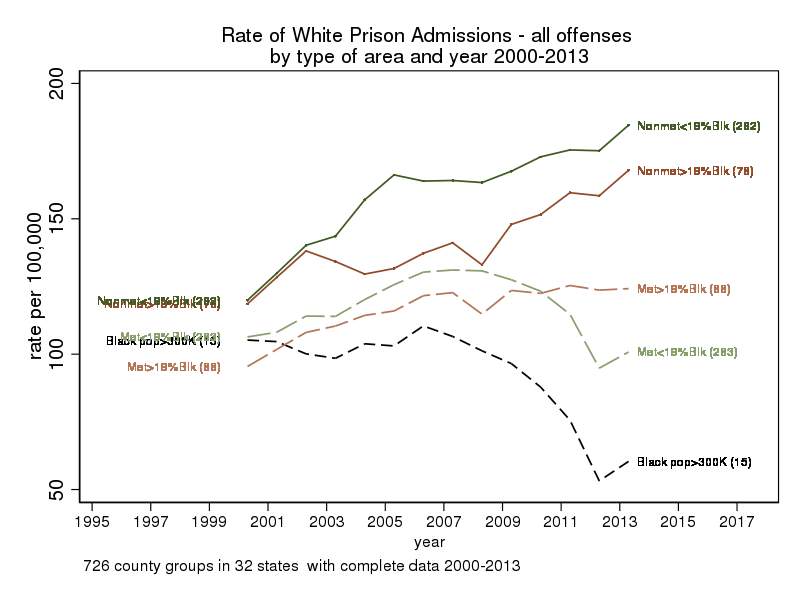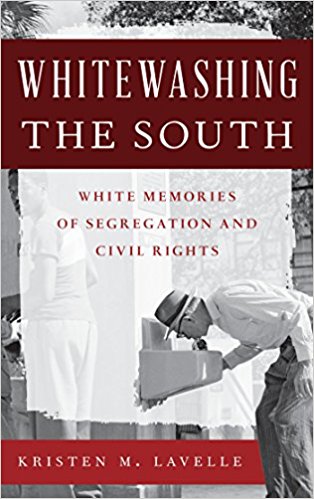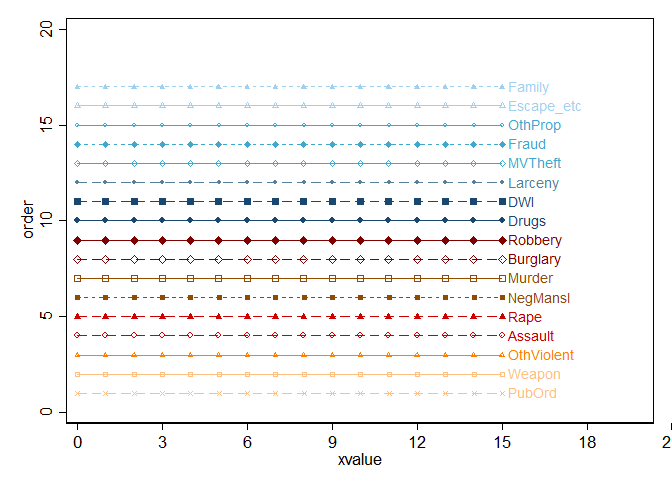Police use of force has recently stirred widespread public interest and concern. Recent use of force incidents have been well-publicized on social media due to the ability of the public to witness and video record police actions. However, owing to the fact that the operations of jails and prisons are
Read more